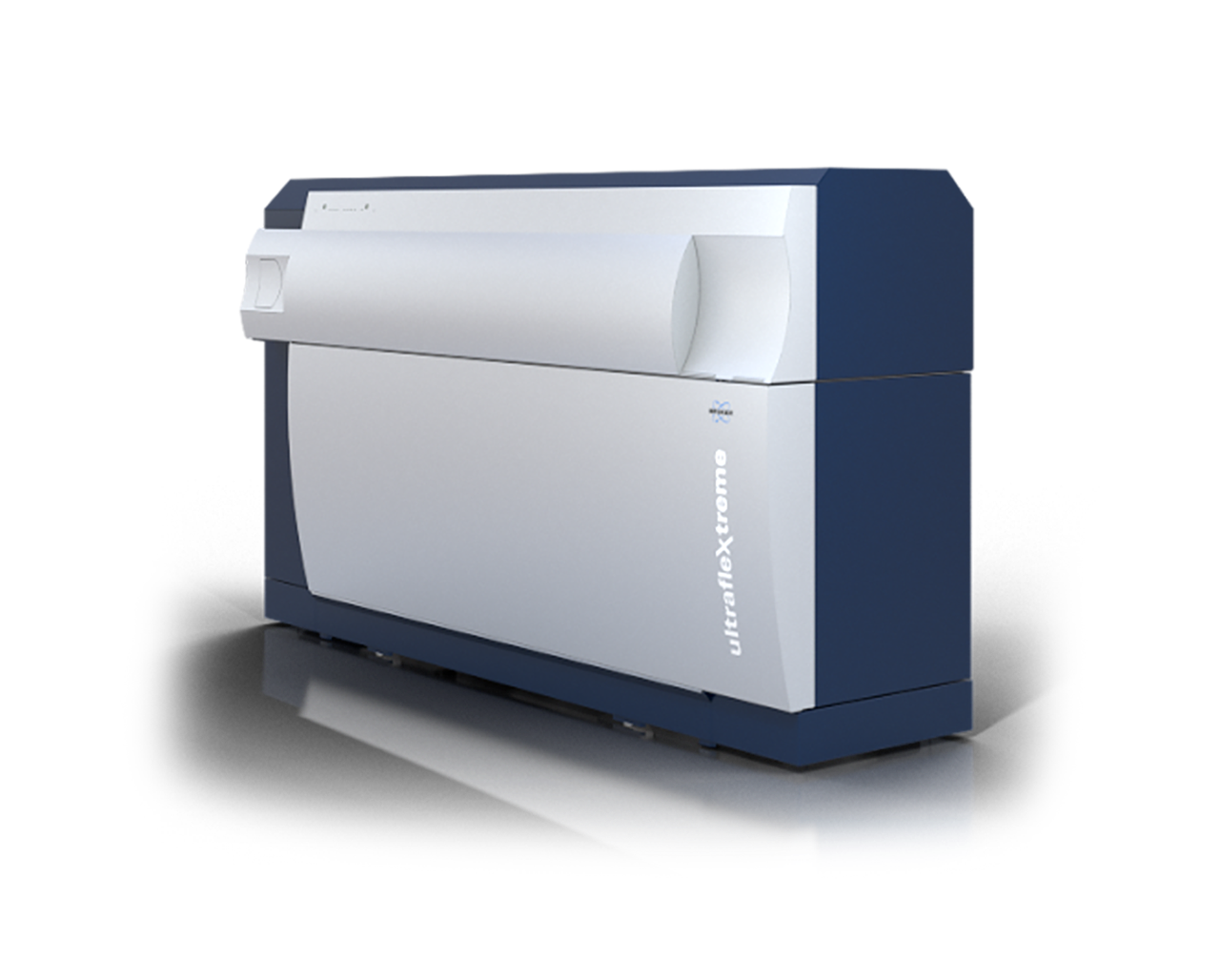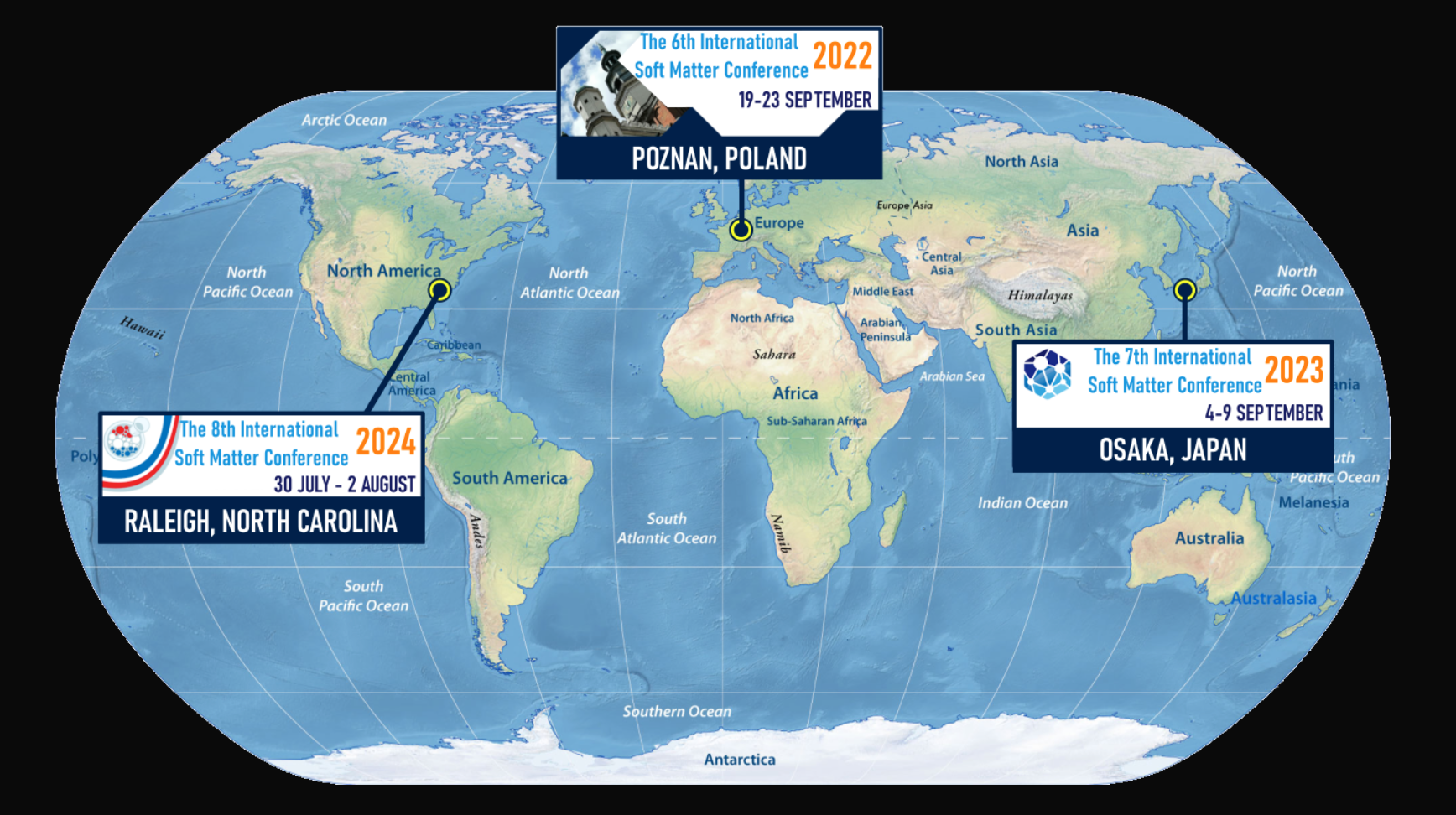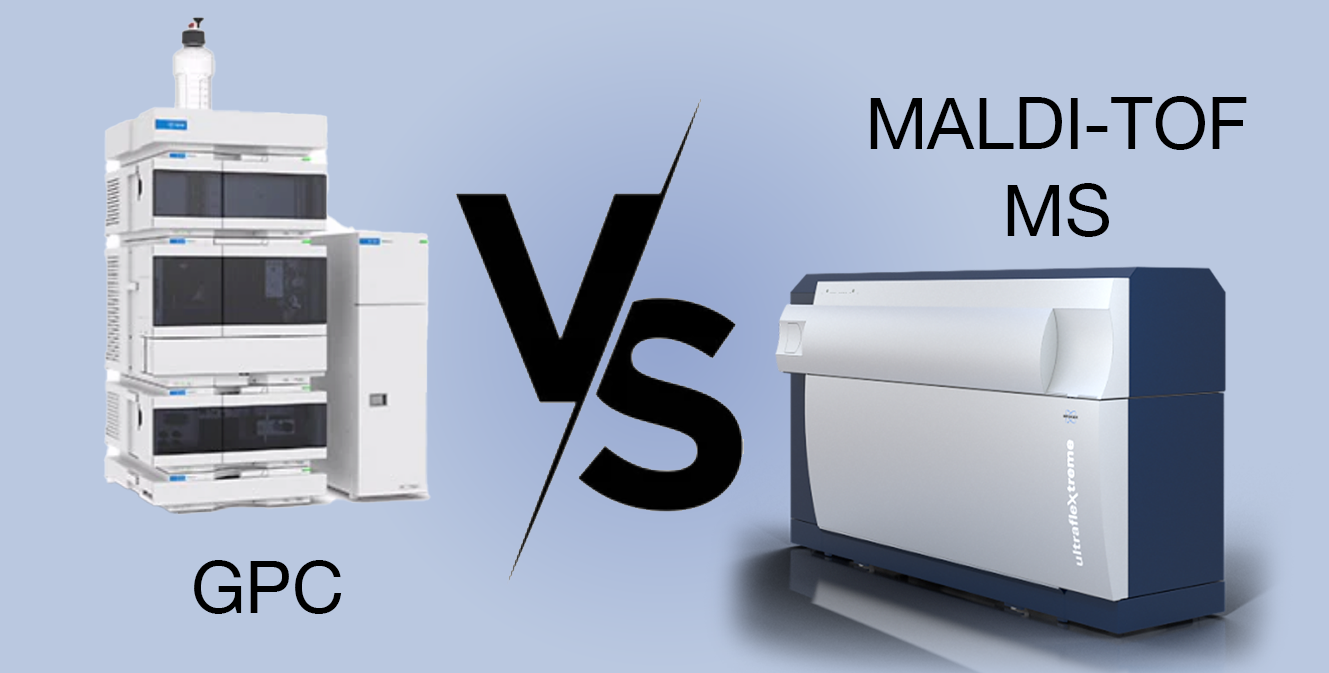What’s new?
General Information
-

New SM Core Capability
COMING SOON – May 2024!
We are currently finalizing the addition of a new analytical capability to the SM Core Lab – Matrix Assisted Laser Desorption Ionization Time of Flight Mass Spectrometry (MALDI-ToF/ToF). The highly sensitive Bruker UltrafleXtreme MALDI-ToF mass analyzer, located in the UNC Mass Spectrometry Core Lab (Caudill 040), will be an essential addition to round off the SM Core Lab’s analytical capabilities for the characterization of soft materials. Training and instrument reservations can be placed through the SM Core iLab webpage. Alternatively, you may submit an online request for sample analysis through our website. Below is a listing of some possible uses and features of the Bruker Maldi-TOF.
USES:
- Polymer average masses Mn and Mw
- Absolute MW determination of repeating units (resolution of individual n-mers)
- Sum mass of the homopolymers end-groups, dispersity Đ, and degree of polymerization
- Tandem MS/MS analysis
- Determine composition homogeneity of synthetic polymers
FEATURES:
- Mass range up to ~600,000Da with mass accuracy of 1.5ppm
- Linear ToF resolution of 40,000Da
- Positive and negative ionization
- Applicable to a wide polarity range of polymers
- Samples do not need to be solubilized
- Highly sensitive and fast analysis – results in less than 3 minutes per sample!
- “Soft Ionization” – typically results to singly-charged species where mass-to-charge ratios observed are the same as the molecular mass.
Upcoming Events
-

8th International Soft Matter Conference 2024
July 30 – August 2, Raleigh NC
The 8th International Soft Matter Conference will be held in Raleigh, North Carolina, USA from July 30 – August 2 at the Raleigh Convention Center.
The conference is the soft matter community’s signature event and features speakers from the leading edge of the field. Topics will include colloidal soft matter emulsions, polymeric soft matter, liquid crystal anisotropic soft matter, self-assembled soft matter and more…
See the conference website for more details.
SM Core Application Notes
-

MALDI-TOF MS: A Superior Technique to GPC for Molecular Weight Determination of Synthetic Polymers
INTRODUCTION
Gel Permeation Chromatography (GPC) has been a standard for molecular weight determination of synthetic polymers for decades, but the technique has some notable limitations and challenges. Matrix-assisted time of flight laser desorption mass spectrometry (MALDI-ToF MS) has emerged as a very powerful technique that not only addresses most of the limitations of GPC, but also offer superior sensitivity, mass accuracy, mass resolution, solvent compatibility, and analysis mass range. Without a doubt, MALDI-TOF MS can be a valuable tool in a researcher’s arsenal for polymer characterization, however its hefty price tag has been detrimental to its outlook as a suitable substitute to the much lower-cost GPC system.
Fortunately, a Bruker UltraFleXtreme III MALDI-ToF/ToF MS is already in place at the UNC Mass Spectrometry Core Lab. We are pleased to announce the addition of the MALDI-TOF to the Soft Matter Core Lab’s instrument lineup supporting the characterization of soft materials. The Bruker MS is a highly sensitive mass analyzer that can analyze a broad range of molecules with molecular weights of 500 to 40K daltons (high resolution reflectron mode) and as high as 600K daltons (linear mode). The technique involves the irradiation and desorption of co-crystallized sample and matrix material to form positive or negative species with mass(es) of [M + H]+ and [M – H]–, respectively, through a “soft ionization” mechanism involving a proton transfer from the matrix to the sample or deprotonation of the sample by a basic matrix. The ionized sample is then accelerated through a flight tube at a fixed potential and the mass-to-charge (m/z) ratio of the ion(s) is measured by determining the time required for it to travel the length of the flight tube.
In this first of a series of SM Core notes on MALDI-TOF MS applications and techniques, we provide a comparison of the two techniques, GPC and MALDI-TOF MS, for molecular weight determination of synthetic polymers.
DISCUSSION
The table below summarizes some important comparisons between a typical GPC system and the Bruker UltrafleXtreme MALDI-TOF MS.
* n-mer resolution achieved up to approximately 40K daltons of narrowly distributed polymers with polydispersity < 1.2GPC MALDI-ToF-ToF (Bruker Ultraflextreme) Mass resolution GPC separates samples based on exclusion or inclusion into the pores of the stationary phase resin which lead to broad peaks that envelope a molecular weight range of the polymer oligomers (i.e. polymer distribution). Very sharp peaks with n-mer baseline mass resolution of polymers having m/z<40K daltons (reflection mode). M/Z masses are reported where M is the absolute mass of the ion species and Z is the ionic charge number. Mass determination and mass accuracy Sample runs are compared against a MW calibration curve. Relative MWs sample species can be calculated with typical accuracy of +/- 5%. Masses reported are absolute mass with mass accuracy of 1.5ppm (1 ppm = 10E-6 = 0.0001%) Upper mass limit ≈150K ≈600K Analysis time Typical is 30 – 60 minutes per sample or calibrant run. <3 minutes per sample Sample/solvent solubility All components of the sample MUST be soluble in the mobile phase. The sample does not need to be soluble in a solvent. However, the analytes(s) MUST be ionizable. Solvent use per analysis Typically between 50mL – 200mL. Sample mixtures are prepared by combining stock solutions of sample, matrix, and ionizing agent. 1 – 2uL of the sample mixture is used for each analysis. Calibrants Because GPC/SEC separates according to hydrodynamic volume and not molar mass, only apparent molar masses (related to the calibration standards) are obtained if the calibration standards and the samples are chemically or structurally different. The calibrants and sample do not need to match. Can use any ionizable calibrant(s) with known molecular weight(s). Determination of molecular mass averages (Mn, Mw), polydisperity, and degree of polymerization Only provides an approximate molecular weight distribution as the technique measure hydrodynamic volume versus actual molecular weight. However, hydrodynamic volume is not always the same for every polymer and thus can introduce error when molecular weight standards and samples do not match. Provides absolute molecular weights with n-mer resolution* that are used to determine molecular weight averages directly with high degree of accuracy. Polymer structure information Not possible. Provides n-mer resolution* that allow repeating unit, end group, and composition determinations and elucidation of polymer mixtures with similar molecular weights. Ease of method development and change of solvent system Can be time and effort extensive to change solvent systems. Runs are long so methods development is tedious and time consuming as well. No instrument configuration changes are necessary. Only the sample preparation method is modified. The short analysis time and the use of large capacity sample target plates allows for very fast method development.
Customer Research Highlights
